Aluminum Boride Sputtering Target Description
An Aluminum Boride Sputtering Target is a type of ceramic material made from aluminum and boron, commonly used in sputtering processes. This material is employed in various applications, including thin film deposition, due to its unique properties and composition.
Aluminium, also known as aluminum, is a chemical element with the symbol “Al” and an atomic number of 13. The name originates from the Latin word ‘alumen,’ meaning bitter salt. Aluminium was first mentioned in 1825 and observed by the scientist Hans Christian Ørsted, who later achieved its isolation and formally announced the discovery. It is situated in Period 3 and Group 13 of the periodic table, belonging to the p-block of elements. The relative atomic mass of aluminium is approximately 26.9815386 Daltons, with the number in parentheses indicating a margin of uncertainty.
Related Product: Aluminium Sputtering Target
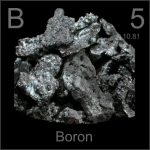 Boron is a chemical element with the symbol “B” and an atomic number of 5. The name boron comes from the Arabic word ‘buraq,’ which referred to borax. It was first identified in 1808 by chemists Louis-Joseph Gay-Lussac and Louis-Jacques Thénard, and the element was later isolated by Sir Humphry Davy. Boron is located in Period 2 and Group 13 of the periodic table, classified under the p-block of elements. The relative atomic mass of boron is approximately 10.811 Daltons, with the number in parentheses indicating a margin of uncertainty.
Boron is a chemical element with the symbol “B” and an atomic number of 5. The name boron comes from the Arabic word ‘buraq,’ which referred to borax. It was first identified in 1808 by chemists Louis-Joseph Gay-Lussac and Louis-Jacques Thénard, and the element was later isolated by Sir Humphry Davy. Boron is located in Period 2 and Group 13 of the periodic table, classified under the p-block of elements. The relative atomic mass of boron is approximately 10.811 Daltons, with the number in parentheses indicating a margin of uncertainty.
Aluminum Boride Sputtering Target Application
The Aluminum Boride Sputtering Target is utilized in a wide range of applications, including thin film deposition, decorative coatings, and the semiconductor industry. It is also employed in the production of displays, LEDs, and photovoltaic devices, as well as functional coatings. Additionally, this material is valuable in the optical information storage industry, glass coating for automotive and architectural purposes, and optical communication technologies.
Aluminum Boride Sputtering Target Packing
Our Aluminum Boride Sputtering Targets are clearly tagged and labeled on the outside to ensure easy identification and uphold quality control standards. We take extensive precautions to prevent any potential damage during storage and transportation, ensuring the products arrive in optimal condition.
Get Contact
TFM offers Aluminum Boride Sputtering Targets in various forms, purities, sizes, and prices. We specialize in high-purity thin film deposition materials with optimal density and minimal grain sizes, which are ideal for semiconductor, CVD, and PVD applications in display and optics. Contact Us for current pricing on sputtering targets and other deposition materials that are not listed.


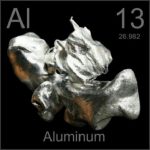
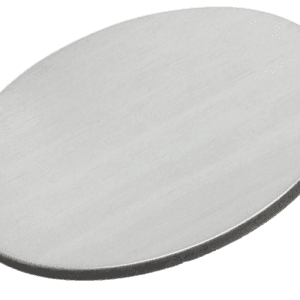
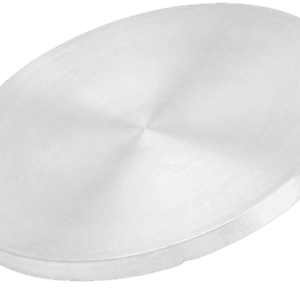
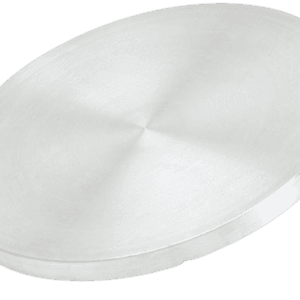
Reviews
There are no reviews yet.